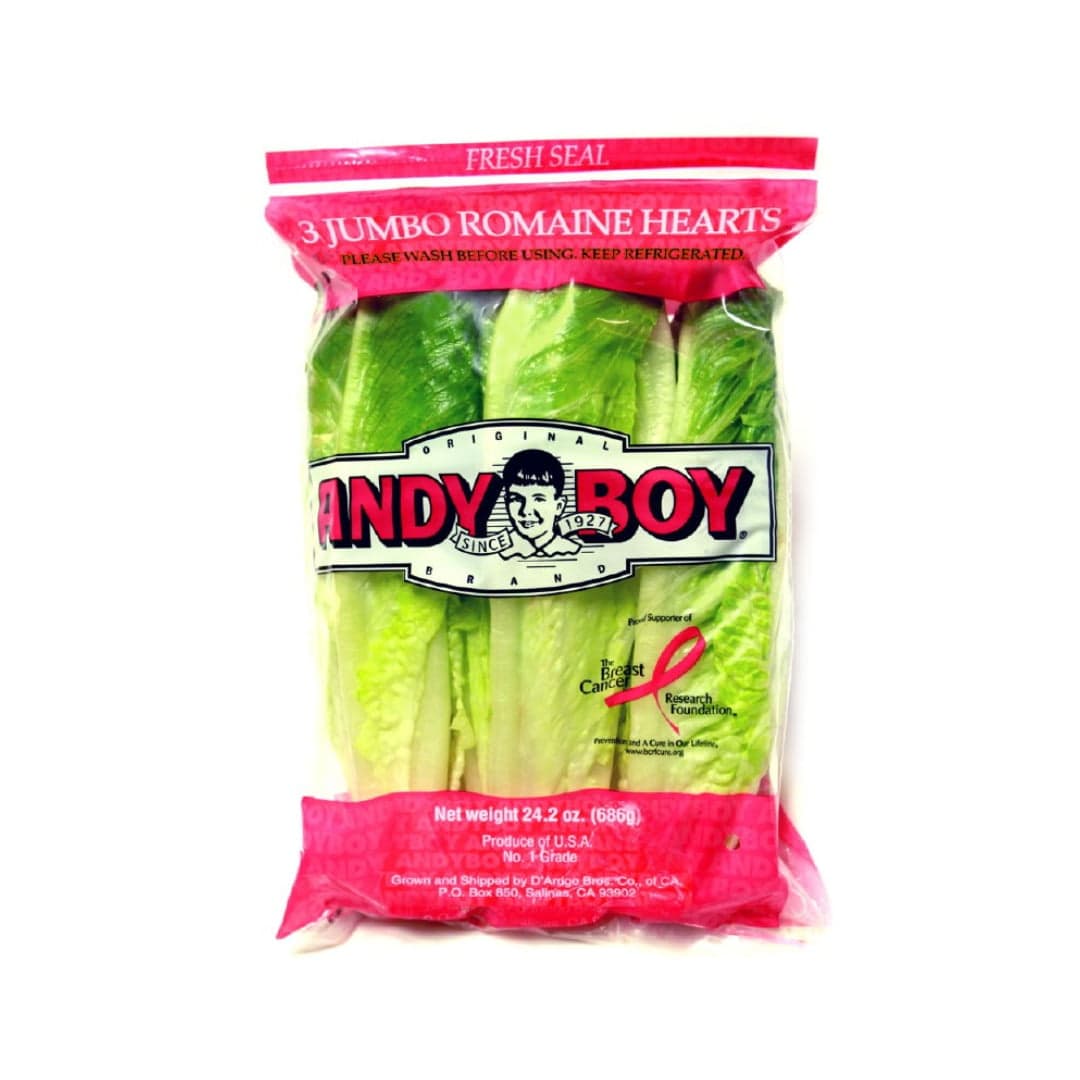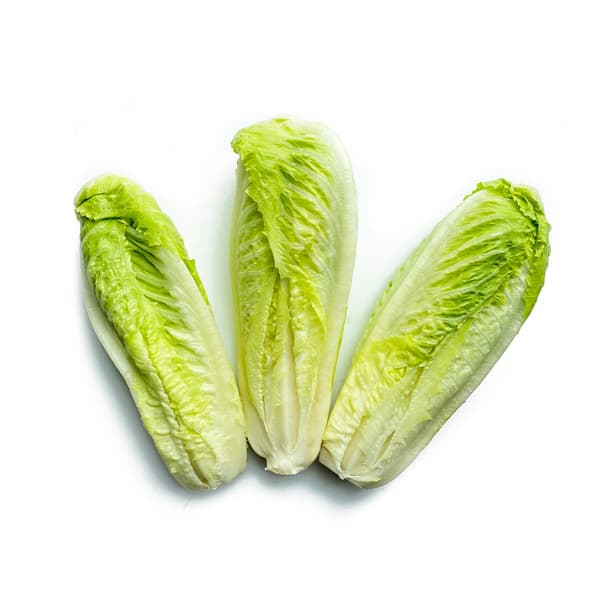
Spinach
Product Details
Description
**Spinach** (*Spinacia oleracea*) is a fast-growing, annual leafy green vegetable, native to central and western Asia. It is highly valued for its nutritional content and is consumed globally, either raw or cooked. ### Key Characteristics * **Family:** It belongs to the Amaranthaceae family, making it related to beets and Swiss chard, but it is not a cruciferous vegetable like kale or collard greens. * **Appearance and Types:** Spinach leaves grow in a rosette pattern at the base of the plant. There are generally two main types: * **Savoy Spinach:** Has dark green, crinkly, and curly leaves. This type is typically sold in fresh bunches. * **Flat-leaf (or Smooth-leaf) Spinach:** Has smooth, broad leaves and is easier to clean. This variety is often used for frozen, canned, or bagged spinach, including **"Baby Spinach,"** which is simply flat-leaf spinach harvested when the leaves are young and tender. * **Flavor and Texture:** * **Raw:** Baby spinach leaves are tender and have a very mild, slightly sweet flavor, making them popular for salads. Mature spinach leaves can have a more assertive, sometimes slightly bitter taste. * **Cooked:** Spinach wilts down quickly and dramatically when cooked, losing much of its water content. The flavor becomes milder and earthy. ### Nutritional Profile Spinach is considered a superfood due to its high concentration of vitamins and minerals: * **Vitamins:** It is an extremely rich source of **Vitamin K** (essential for blood clotting) and **Vitamin A** (from its high carotenoid content), and a very good source of **Vitamin C** and **Folate (B9)**. * **Minerals:** It provides iron, magnesium, and potassium. * **Antioxidants:** It contains high levels of beneficial plant compounds like lutein and zeaxanthin (both linked to eye health), and quercetin. *** **Note on Oxalates:** Spinach is high in oxalates, natural compounds that can bind to calcium and iron, potentially reducing their absorption. Steaming or quickly boiling the spinach can significantly reduce its oxalate levels.
Product Information Notice
We strive to provide accurate information regarding ingredients, nutritional details, product images, and descriptions on our website. However, this information may occasionally change. For the most current and precise ingredient and nutrition information, please always refer to the actual product packaging.
You Might Also Like
Discover more products based on your current selection







